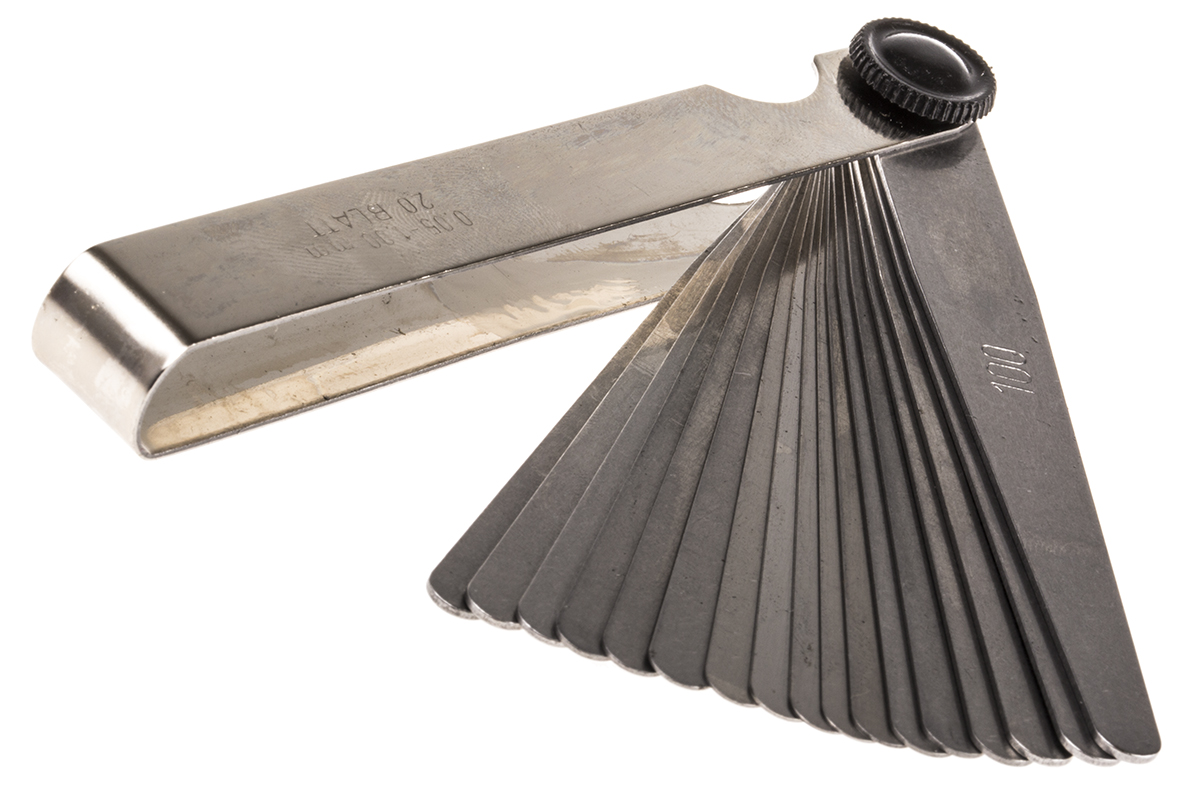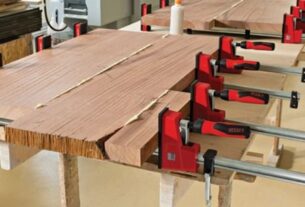Are you tired of guessing the gap between two surfaces? Do you want to ensure precise measurements every time? Then, it’s time for you to invest in a gap gauge tool. In this comprehensive guide, we’ll help you understand what a gap gauge tool is, how it works, and the different types available in the market. By the end of this article, you’ll be able to choose the right gap gauge tool for your needs with confidence.
What is a Gap Gauge Tool?
A gap gauge tool is a measuring instrument used to determine the distance between two parallel surfaces. It consists of a handle, a blade, and an adjustable measuring block. The blade is inserted between two surfaces, and the block is adjusted until it fits snugly into the gap. Once the block is secured, the user can read off the measurement from a scale on the handle.
Types of Gap Gauge Tools
There are three main types of gap gauge tools: feeler gauges, thickness gauges, and dial indicators.
1. Feeler Gauges
Feeler gauges are thin strips of metal that come in various thicknesses. They are designed to fit into narrow gaps and measure clearances between engine parts or other machinery components. Feeler gauges can also be used to check valve lash or spark plug gaps.
2. Thickness Gauges
Thickness gauges are similar to feeler gauges but have more precision in their measurements. They have a flat blade that slides into tight spaces and measures the thickness of objects such as sheet metal or rubber gaskets.
3. Dial Indicators
Dial indicators are used to measure larger gaps or distances than feeler or thickness gauges. They consist of a needle that moves along a dial as the measuring block is adjusted. Dial indicators are commonly used in machining applications where accuracy is critical.
How to Choose the Right Gap Gauge Tool
When choosing a gap gauge tool, there are several factors to consider. These include the type of measurement required, the size of the gap, and the level of accuracy needed.
1. Type of Measurement Required
The first step in choosing a gap gauge tool is to determine the type of measurement required. Feeler gauges are best for measuring small gaps or clearances, while thickness gauges are better suited for measuring larger gaps or thicknesses. Dial indicators offer the most precise measurements but are also more expensive.
2. Size of the Gap
The size of the gap is another important consideration when choosing a gap gauge tool. Feeler gauges come in various thicknesses, so it’s essential to choose one that fits snugly into the gap you’re measuring. Thickness gauges have a wider range of measurements and can be used for larger gaps. Dial indicators are best for measuring distances up to 1 inch.
3. Level of Accuracy Needed
The level of accuracy needed will depend on your specific application. If you’re working on a precision machining project, then a dial indicator may be necessary for accurate measurements. However, if you’re just checking valve lash or spark plug gaps, then a feeler gauge will suffice.
Tips for Using a Gap Gauge Tool
Once you’ve chosen the right gap gauge tool for your needs, here are some tips to ensure accurate measurements:
1. Clean Surfaces: Make sure that both surfaces being measured are clean and free from debris before taking any measurements.
2. Consistent Pressure: Apply consistent pressure when inserting the blade into the gap to ensure an accurate measurement.
3. Readings: Take multiple readings from different locations along the surface being measured to ensure consistency.
4. Calibration: Regularly calibrate your gap gauge tool to ensure that it’s giving accurate readings.
Conclusion
In conclusion, a gap gauge tool is an essential instrument for anyone who needs to measure gaps or clearances. With the right tool and an understanding of how it works, you can ensure precise measurements every time. Remember to consider the type of measurement required, the size of the gap, and the level of accuracy needed when choosing a gap gauge tool. With these tips and tricks in mind, you’ll be able to choose the right tool and take accurate measurements like a pro.
References:
– Gap Gauge Tool. (2021). Retrieved from https://en.wikipedia.org/wiki/Gap_gauge
– Mitutoyo Dial Indicator. (n.d.). Retrieved from https://www.mitutoyo.com/products/dial-indicators/




